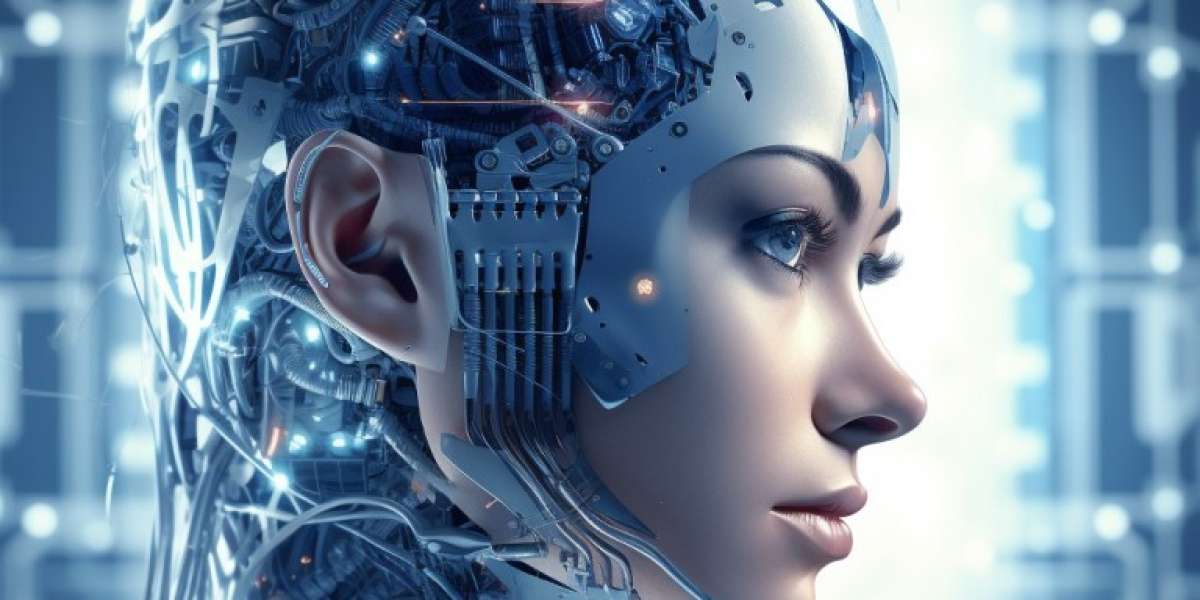In the ever-evolving landscape of technology, transformative innovations have consistently reshaped how we live, work, and interact. Over the past few decades, several technological revolutions have left an indelible mark on society, including the advent of personal computers, the internet, smartphones, and cloud computing.
Today, we stand on the precipice of another groundbreaking transformation driven by the rise of Generative AI (GenAI). This article delves into the reasons behind the buzz surrounding GenAI, its potential, and the various solution patterns that enterprises can leverage to harness its power.
The GenAI revolution
The recent surge of interest in Generative AI can be attributed to a confluence of factors that have come together in the past two years. Key developments include significant advancements in raw computing power, an exponential increase in available data, reduced AI training costs, and breakthroughs in machine learning algorithms, such as the transformer model.
OpenAI, a prominent player in this space, capitalized on these trends by making GenAI technology accessible and user-friendly, igniting a revolution that has garnered millions of users.
Foundation models and transformer architecture
At the core of GenAI’s capabilities lie foundation models (FMs), which enable the system to comprehend context and relevance within the content of its processes. These FMs leverage the transformer architecture, representing a paradigm shift in how AI processes text and offering unparalleled language understanding.
Building FMs involves unsupervised training on vast content, followed by fine-tuning for specific tasks, such as question-and-answer systems. This complex and resource-intensive process lays the foundation for GenAI’s versatility and power.
Solution patterns for enterprises
Enterprises looking to harness the potential of GenAI can choose from four distinct solution patterns, each offering a balance of cost, complexity, and accuracy based on their unique needs:
Ready-made API integration
This straightforward approach involves leveraging readymade APIs from large language model (LLM) providers like OpenAI.
It requires minimal development or data science skills, focusing on building a front-end application that interfaces with LLM APIs.
User prompts are the primary mechanism for providing context, but accuracy may be limited due to the LLMs’ context window.
Best suited for generic use cases that don’t require extensive enterprise context.
Retrieval-augmented generation (RAG) pattern
The RAG pattern combines cloud-based APIs from LLM providers with enterprise context.
A backend application processes enterprise content, vectorizes it, and provides relevant context to the model through vector search.
This approach balances simplicity and effectiveness, making it accessible to regular application developers.
Offers higher accuracy compared to the ready-made API integration but still has limitations in the context window for domain-intensive use cases.
Fine-tuning existing models
Enterprises can fine-tune existing models with domain-specific content to achieve higher accuracy and speed.
Fine-tuning involves adjusting model parameters and training on labeled datasets, requiring data science and machine learning expertise.
While complex and resource-intensive, this approach offers a competitive advantage by tailoring models to specific tasks.
Custom model development
The most complex pattern involves building a custom model from scratch, suitable for enterprises with unique datasets and the desire to differentiate.
Requires vast data resources and advanced data science and infrastructure management expertise.
While initially costly, as open-source tools emerge and GPU chips become more affordable, the ROI for building models from scratch is expected to improve.
Choosing the right pattern
When selecting the appropriate solution pattern for GenAI, enterprises must carefully consider the balance between cost, complexity, and accuracy. Many organizations begin with the RAG pattern due to its effectiveness and feasibility. However, as the field of GenAI continues to mature, fine-tuning existing models is expected to gain prominence over time.







